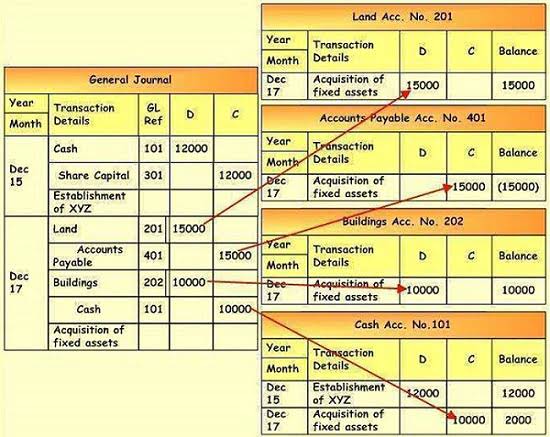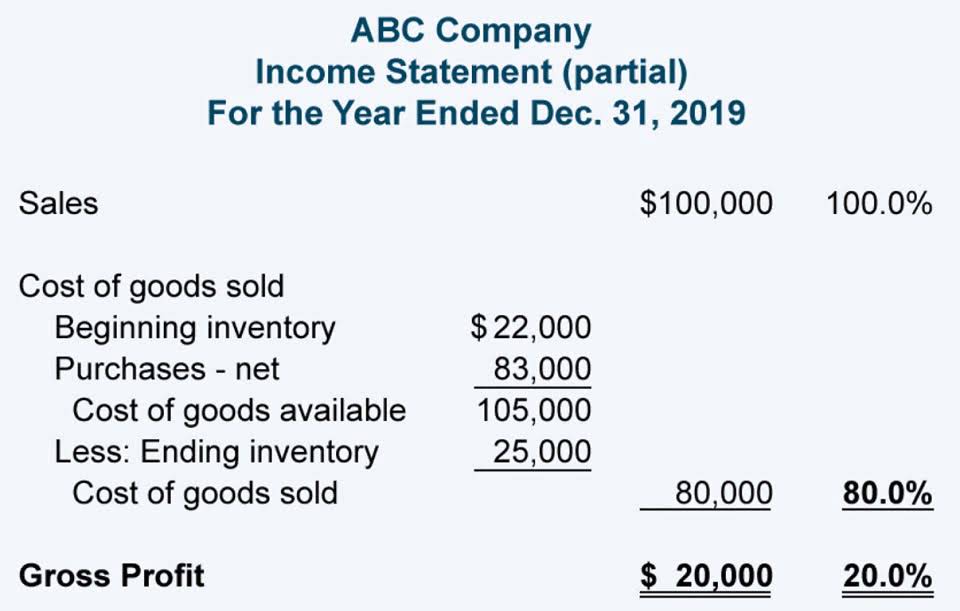
Effective collaboration with other departments and business units is critical to the successful coordination of functions, ensuring efficient utilization of cash. Cash management keeps things running day-to-day, while treasury management is about making sure you’re ready for what’s ahead. An OFAC check is a screening process used by financial institutions, businesses, and government agencies to ensure that individuals or entities involved in a transaction are not listed on sanctions lists maintained by the U.S. Cash forecasting is a way for companies to look at “cash in” vs. “cash out” for a business over a window of time. gross vs net Understanding the difference can help you make better financial decisions for your company. It’s all about knowing when to focus on the short-term and when to think long-term.
What is Working Capital?
- The Treasurer would be responsible for providing the business with forecasts of exchange rate movements, exposure to currency risk and interest rate risk.
- Dealing in forex, money and commodity markets involves complex risks of fluctuating exchange rates, interest rates and prices which can affect the profitability of the organization.
- But companies on top of their treasury management would’ve had some cushion to protect them from the financial blow.
- (d) Borrowings in bulk might necessitate to raise funds from international money and capital markets at cheaper rates of interest.
- By guaranteeing fund availability, treasury management enables the execution of strategic initiatives aimed at achieving the organization’s goals.
- Bill payments, investments, and unexpected liabilities can affect your organization’s cash inflows and outflows.
With online cash management to streamline your processes, you’ll enjoy 24/7 access to current transactions and old bank statements, funds transfers, bill and loan payments, and more. Simplify your payroll and enjoy local support with all your Merchant Services needs. For small businesses getting back on their feet in 2021, it’s a good time to review the basics of cash management 101.
Debtbook Team
- By aligning these two areas, you create a cohesive financial strategy that supports both operational efficiency and strategic growth.
- This makes them easier to implement but also able to provide real-time data insights – crucial for making informed decisions on the fly.
- If a company has multiple banks and entities, it makes sense to centralize the payment process and ensure company policies are always followed when paying suppliers and other counterparties.
- But let’s not forget the outflow – significant expenses like the payroll for a global team of tech wizards.
- DebtBook’s Cash Management application provides government and nonprofit treasury teams with purpose-built software to power efficient liquidity and cash flow management.
- This report provides a thorough overview of a company’s financial performance over the past year.
Explore Ramp’s solutions today for free and see how we can help you build a healthier, more efficient business. The core aim is to secure the necessary funding for business growth and expansion. It’s all about knowing when to focus on the short-term and when to think long-term.
Important Areas of Cash Flow Management

For instance, if you’re a SaaS company with 200 employees, timely and accurate cash flow forecasting can help identify periods of cash surplus and shortfall. If a surplus is forecasted, you could decide to invest more in customer acquisition campaigns to accelerate growth. It’s important to note that while these departments have unique roles, they work closely together to ensure the overall financial well-being of the organization. By striking a balance between what’s owed to the company (A/R) and the funds available at any given time (treasury), businesses can effectively navigate financial ebbs and flows, setting the stage for sustainable growth.
- The following article discusses the importance of effective cash management for private as well as public sector organizations.
- The Case is prepared based on the experience gained by the author working in the similar domain and would help the students of finance domain to understand the basic framework of treasury management.
- Balancing this equation could involve incentivizing customers to pay their annual subscriptions upfront, creating a liquidity boost.
- Both are essential to keep your business financially healthy and ready for growth.
- Good cash management ensures you always have the right amount of cash available to meet your obligations.
- On the other hand, requires more and more use fiscal methods and techniques so that the benefits to be realized in a positive treasury.
The Treasury also manages financial risks related to currency and interest rate fluctuations. Treasury management is the act of managing a company’s daily cash flows and larger-scale decisions when it comes to finances. It can provide governance over a company’s liquidity, establish and maintain credit lines, optimize investment returns, and Medical Billing Process strategize the best use of funds. As a company raises, earns, or uses cash, treasurers or senior financial officers ensure that there is working capital to maintain operations and reduce financial risks.

Selecting, implementing and managing technology solutions
Newer businesses with less predictable revenue and more cash flow volatility will naturally be focused on managing cash to ensure it can meet its obligations and keep its operations running. A business with several years of stable cash flow under its belt likely has the resources and willpower to consider value-adding initiatives like investments and FX hedging. At the most basic level, cash management starts with managing a company’s bank accounts.


In this setup, field personnel assume responsibility for certain daily treasury functions, yet this decentralized approach often results in redundant efforts and resource allocation treasury management vs cash management across units. Furthermore, decentralized or foreign offices may encounter amplified compliance burdens stemming from span-of-control challenges and the heightened necessity for coordination. Treasury management is the process of overseeing a company’s financial resources (including cash, assets and liabilities) to achieve the company’s strategic objectives.
Time Horizon

Bank reconciliation is the process of verifying the completeness of a transaction through matching a company’s balance sheet to their bank statement. Securities and Exchange Commission (SEC) that publicly traded companies must file annually. This report provides a thorough overview of a company’s financial performance over the past year.
By analyzing market trends and identifying investment opportunities, treasury teams can guide capital allocation towards projects with the highest potential return. Treasury operations explore various avenues, such as issuing bonds, obtaining loans, or leveraging equity, to ensure adequate funding for growth plans. The timeframe of both tasks also affects what practice your business is engaged in.
